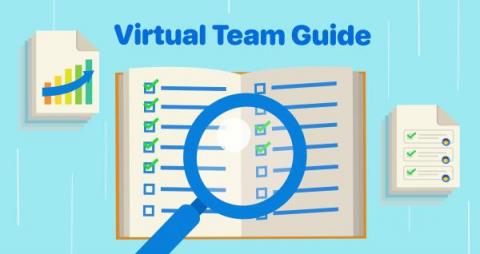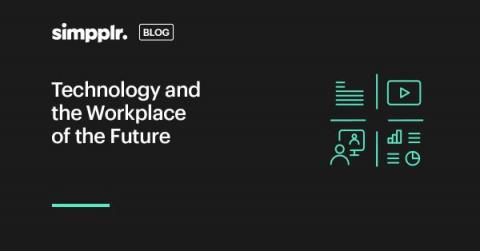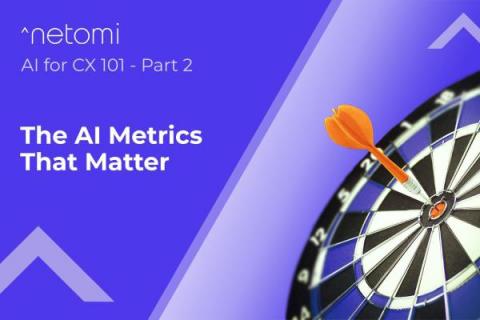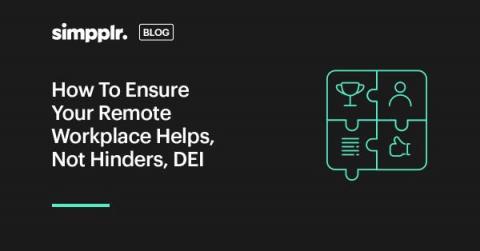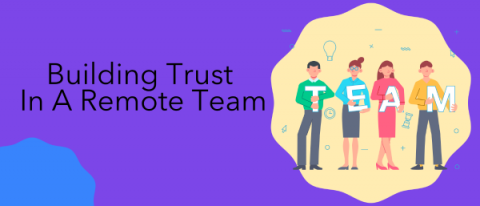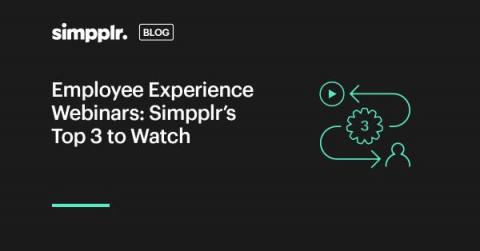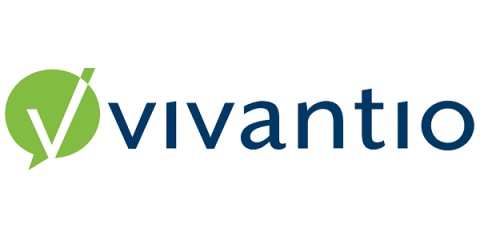Teams | Collaboration | Customer Service | Project Management
Latest News
Understanding the Iterative Process: 5 Steps To Success
Whether you are just starting out in your project management career or are a seasoned pro, it is essential to understand the iterative process. This process is commonly used in software development but can be applied to any project – sometimes even a personal one. An iterative process is an approach to problem-solving that involves breaking down a significant problem into smaller, more manageable pieces.
Technology and the Workplace of the Future
The notion that we can return to the office as it once was—is flawed. As people question whether the office is a thing of the past, we must consider what the office of the future could look like. To do that, we must first acknowledge the flaws and gaps that existed in the workplace prior to the pandemic. Work-related stress and burnout were at an all-time high. Density of space was at capacity. Daily commuting was polluting the planet and draining our energy.
AI for CX 101: Conversational AI Metrics that Matter
Metrics are critical in order to gauge the performance of both support teams and the technology solutions behind them in any project. In our customer case studies, we frequently talk about milestones such as our customers reaching deflection rates of X%, yet what do these terms really mean? As you progress with your conversational AI journey, which key customer experience metrics can you see improve with AI?
How To Ensure Your Remote Workplace Helps, Not Hinders, DEI
Editor’s note: Top-down initiatives can set the tone for how employees experience diversity and belonging, especially in distributed workforces. Successful leaders often cultivate inclusivity through digital workplace experiences. While remote work offers an opportunity to make the workplace more diverse, equitable and inclusive, there are also significant hurdles to overcome to ensure no one is left behind.
Keys to Success in a Remote Team: Tips for Building Trust and Communication
It’s very easy to affirm that trust and communication are essential in any team, but is there a magic formula behind it? After all, as humans, we are constantly trying to keep ourselves safe. Therefore, building trust can be especially difficult to maintain in a remote team. In a remote team, you can’t just pop into someone’s office to ask them a question – you have to rely on tools like email, chat, and video conferencing to communicate with your colleagues and employees.
How Employee Productivity Software Can Help Your Business
Employees are the core of any organisation and their contribution is indispensable. Employee productivity is the root of a company's overall growth and development. The employees of a company are both an asset and an investment that should yield a profit. If your personnel are effective, they will eventually generate a significant return on their time and money. There are many ways to track, analyse and boost employee productivity.
Employee Experience Webinars: Simpplr's Top 3 to Watch
The term employee experience (EX) has been a trending buzzword over the last few years. But what exactly does it mean? From attracting talent to onboarding your new employees, and all the way to when an employee leaves the company–the EX considers every interaction during an employee’s life cycle. This includes the employee’s role, workspace, manager relationships, and overall well-being. The EX is a golden circle that makes both employees and employers successful.
Implementing B2B Customer Service Best Practices: The Power in Planning
Customer service is paramount in growing a modern business, especially in B2B markets. Business owners and professional buyers value companies they can build long-lasting, satisfying business relationships with. To prove that this is possible, the firm they’re partnering with needs to put emphasis on planning out the customer journey. As far as B2B customer service best practices go, planning is arguably the most important.
Looking for a Performance Review Template? Here Are Some You Can Use Today!
Conducting an employee performance review is a task to be taken seriously — it can do a lot of good, and a lot of bad for your workplace. To help you figure it out, we created this clean template, ready to be used as you deem fit.


